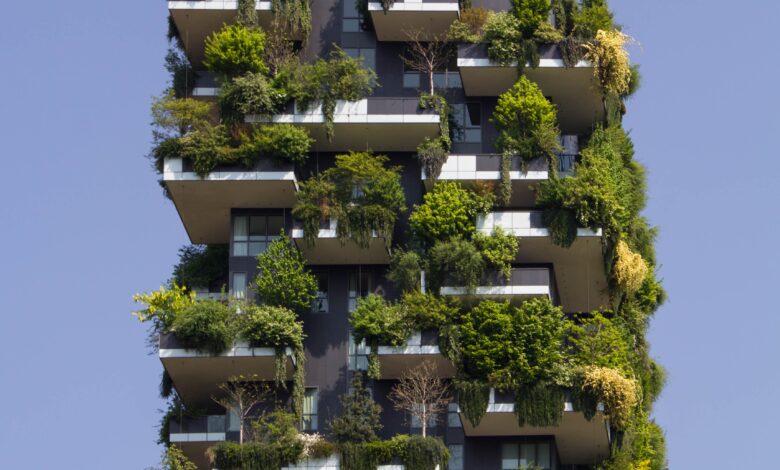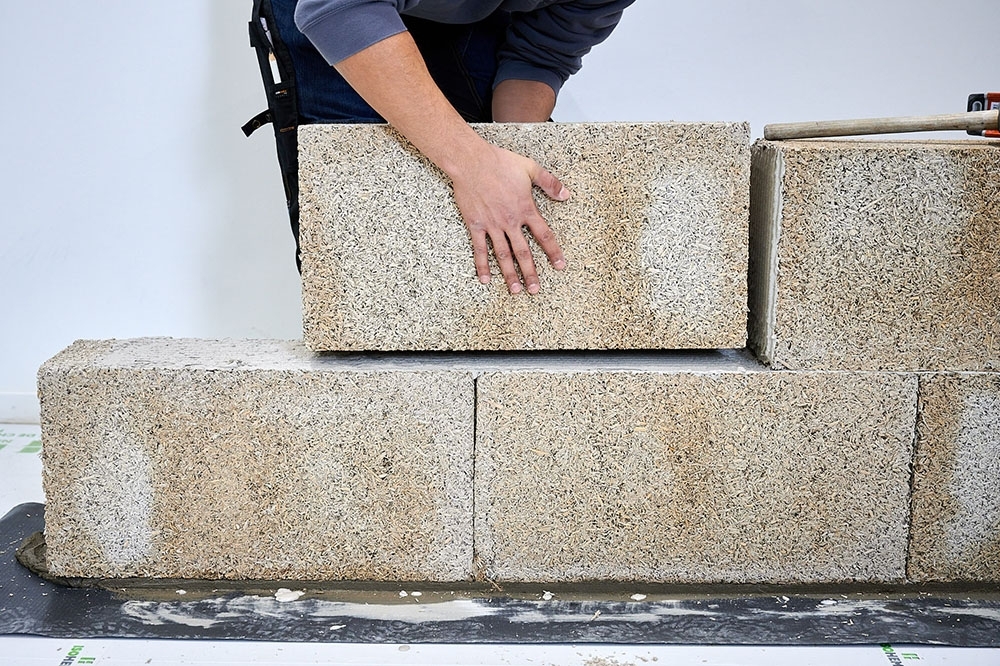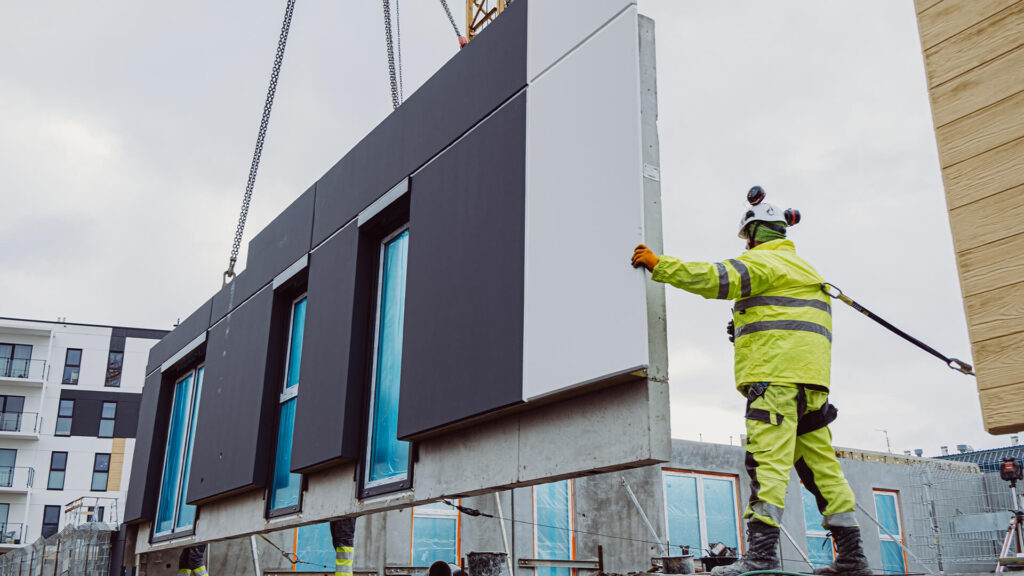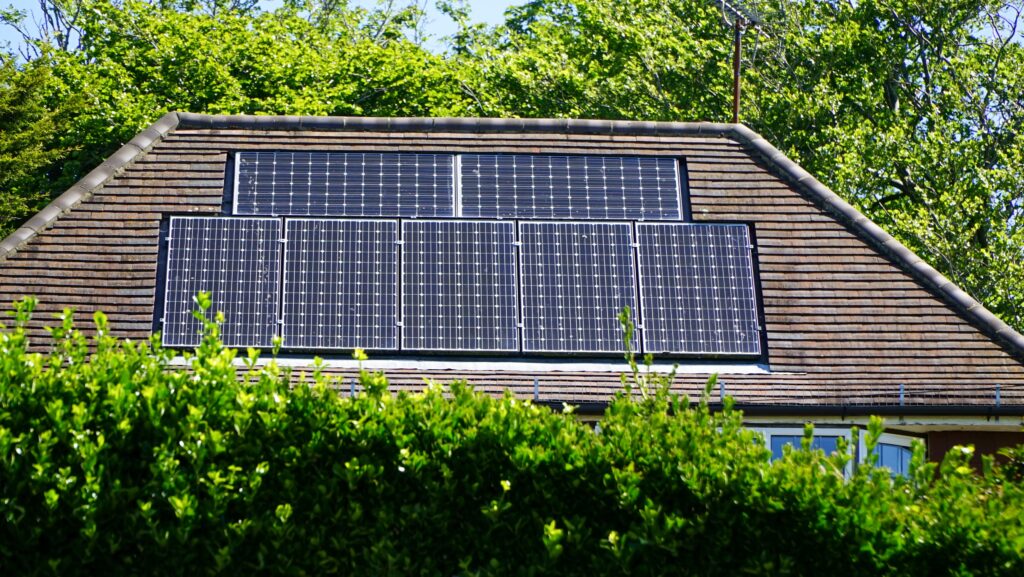What Everybody Ought to Know about Sustainable Building

Find out the eco-friendly materials and construction methods used to build sustainable buildings and their benefits for a greener future.
In recent years, there has been a growing awareness of the environmental impact of human activities, and the construction industry is no exception. Architects and real estate developers have started to embrace sustainable building practices by using eco-friendly materials and construction methods. This shift towards sustainable buildings not only benefits the environment but also offers numerous advantages in terms of energy efficiency, cost-effectiveness, and human health.
Eco-Friendly Materials in Sustainable Construction
Bamboo

Bamboo is a fast-growing, renewable resource that can be used as a sustainable alternative to traditional hardwood. It is known for its strength, durability, and versatility, making it suitable for various construction applications such as flooring, wall panels, and furniture. It is also an excellent sound barrier, making it ideal for sound insulation in densely populated areas.
Recycled Steel
Using recycled steel in construction reduces the demand for virgin steel production, which is energy-intensive and contributes to carbon emissions. Recycled steel is commonly used for structural elements, such as beams and columns, offering strength and durability while minimizing environmental impact.
Hempcrete

Hempcrete is a bio-composite material made from the woody core of the hemp plant mixed with lime and water. It is lightweight, non-toxic, and provides excellent thermal insulation properties. Hempcrete is commonly used for wall construction, improving energy efficiency and indoor comfort by allowing air and moisture to move freely through its structure. It is fireproof and carbon-negative material means it absorbs more CO2 from the atmosphere than it releases during production.
Recycled Plastic
Recycled plastic finds versatile applications in various aspects of construction projects, like siding, roofing, insulation, window frames, decking, and outdoor furniture. This robust and long-lasting material exhibits exceptional resistance to water, mold, rot, UV exposure, and diverse weather conditions. By incorporating recycled plastic, we actively mitigate the accumulation of plastic waste in landfills and the ocean.
Construction Methods in Sustainable Building
Prefabrication

Prefabrication involves the manufacturing of building components off-site in controlled factory conditions. This method reduces construction waste, improves construction efficiency, reduces the cost of labor and materials, and allows for better quality control. Prefabricated elements can be quickly assembled on-site, reducing disruption to the surrounding environment.
Passive Design
The passive design focuses on optimizing the natural sources of energy and environmental conditions to reduce the need for mechanical heating, cooling, and lighting systems. Strategies such as orientation, insulation, natural ventilation, and daylighting are employed to maximize energy efficiency and occupant comfort.
Water Conservation
Sustainable building practices aim to reduce water consumption by incorporating features such as low-flow fixtures, rainwater harvesting systems, and greywater recycling. Efficient irrigation systems and drought-resistant landscaping also contribute to water conservation efforts.
Energy-Efficient Systems

Sustainable buildings prioritize energy efficiency by incorporating technologies such as solar panels, energy-efficient appliances, and smart building management systems. These systems reduce reliance on non-renewable energy sources, lower operational costs, and decrease carbon emissions.
Benefits of Sustainable Building
Promotes Healthier Living
Over the past decade, sustainable architecture has evolved to have a significant impact on the overall well-being of individuals in green buildings. People who live or work in these sustainable structures have witnessed tangible enhancements in their health, stress levels, and overall quality of life.
Reduces Waste
Pollution and the depletion of natural resources have reached alarming levels. There is still an opportunity to mitigate or delay the imminent consequences of climate change through the utilization of sustainable technological advancements. Construction companies have begun embracing renewable resources and practices, which contribute to a cleaner environment.
Promotes Cost Efficiency
Among the notable advantages of sustainable buildings is their ability to significantly reduce maintenance costs through purposefully designed elements that minimize water and energy expenses. While the initial construction costs of these structures may be higher compared to conventional buildings, the long-term savings for businesses and building owners are substantial.
Decreases Material Cost
Sustainable construction techniques employ environmentally friendly materials that uphold high quality and structural integrity standards. A considerable portion of these materials is recycled and repurposed. Biocomposites, frequently employed as sustainable building materials, are a prime example. These alternatives have demonstrated their reliability and durability, matching their non-renewable counterparts effectively.
Conclusion
Sustainable building practices that emphasize the use of eco-friendly materials and construction methods are crucial in addressing the environmental challenges of the construction industry. By prioritizing sustainability in architecture and real estate, we can create a built environment that harmonizes with nature, supports human well-being, and ensures a greener and more sustainable future.
India’s first climate action platform, The Disposal Company, is paving the way for a greener future by enabling brands to go plastic-neutral and carbon-neutral. Learn more here.




